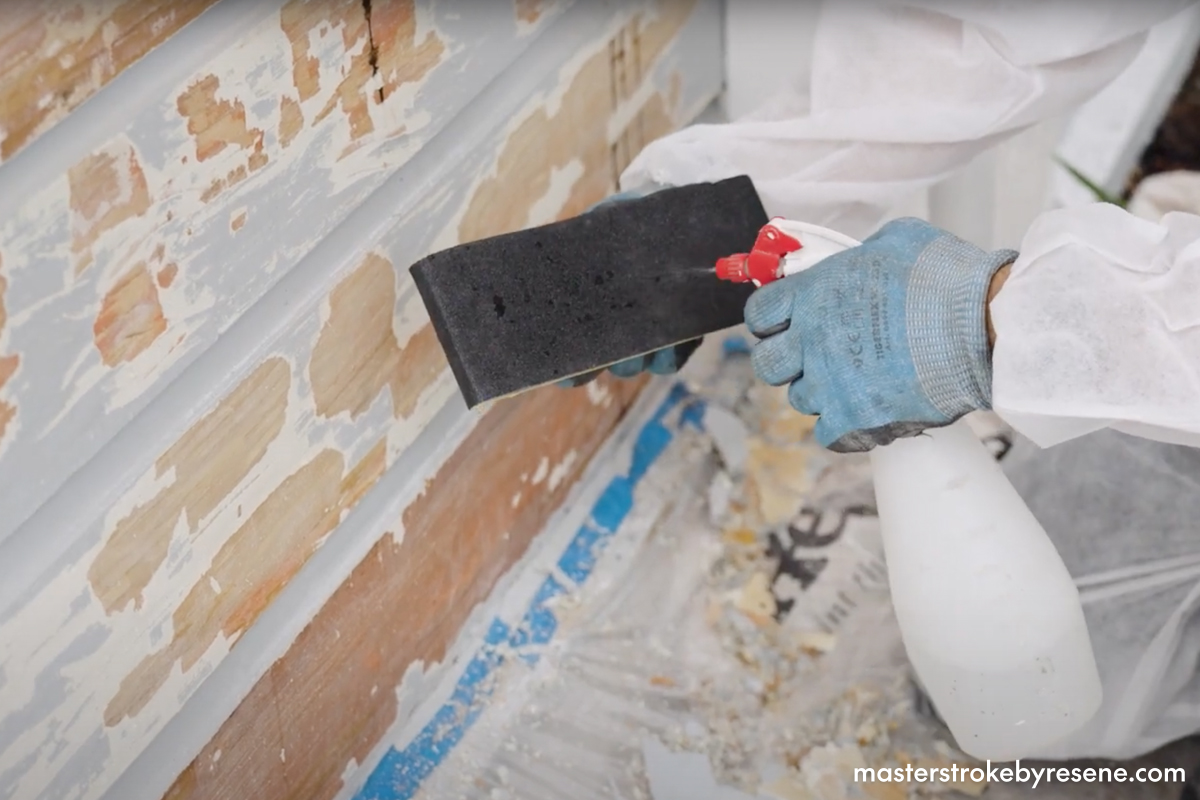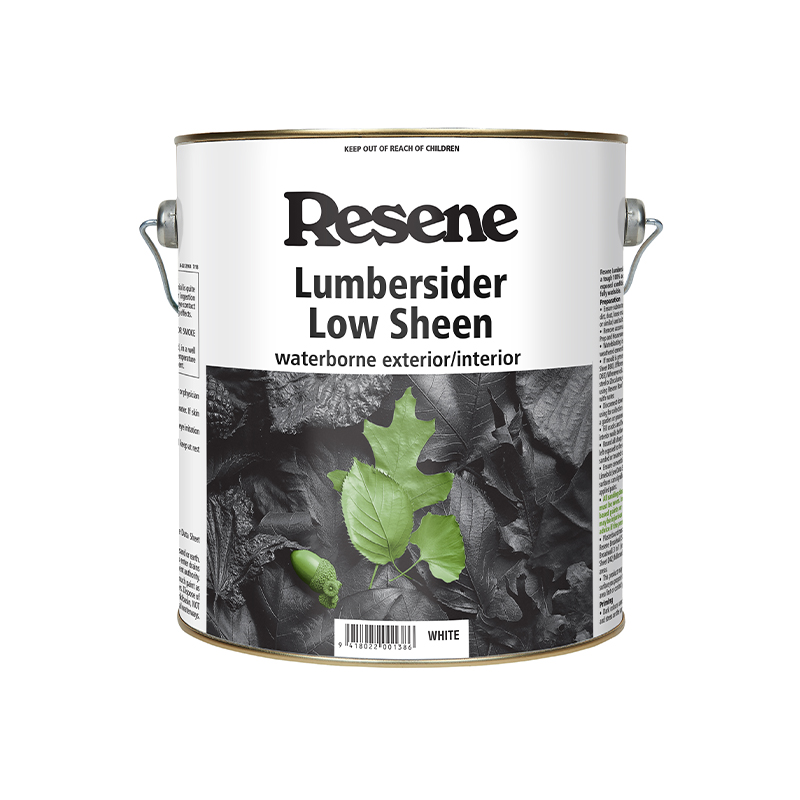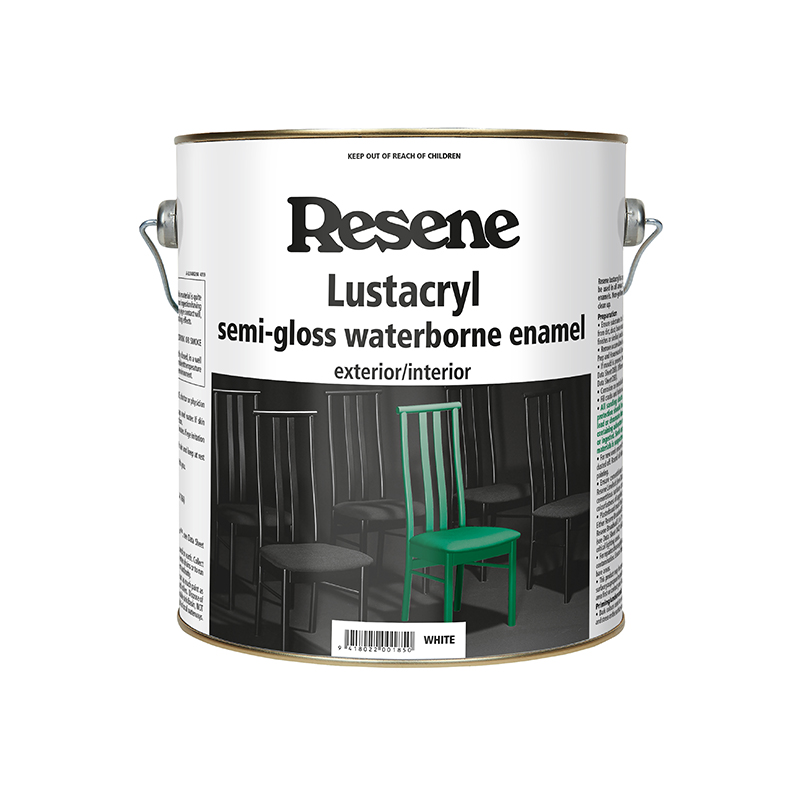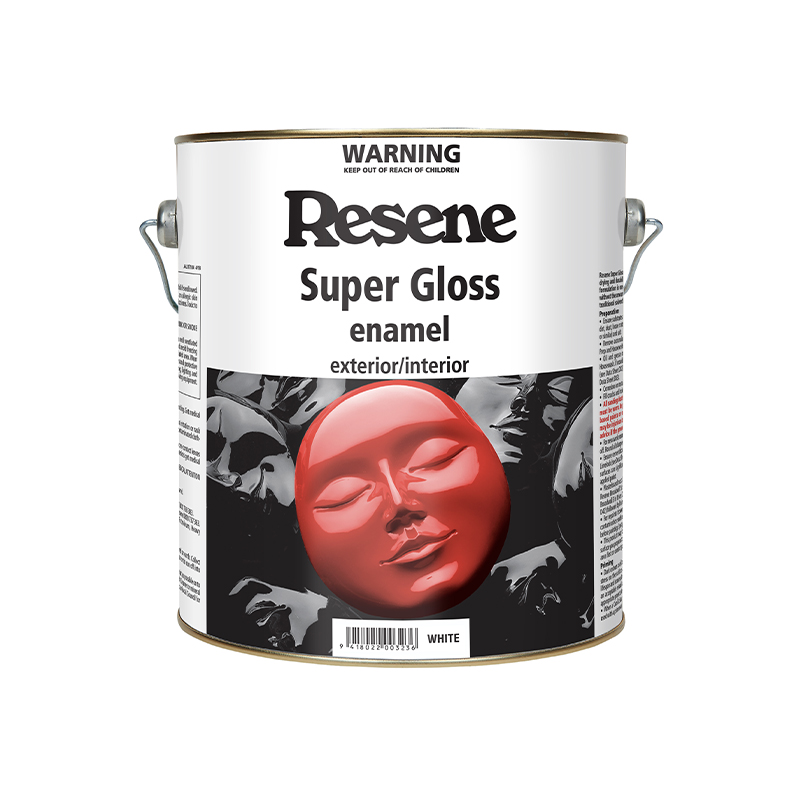If your home’s precious exterior paintwork is affected by extreme heat, there is no need to stress. In this Weekend DIY Fix video, qualified builder Chris Donnelly shows how he fixes heat-damaged weatherboards on his mother’s character home. Unfortunately, her garage caught on fire and was destroyed, which caused the paint on her weatherboards to bubble with the heat from the fire.
Luckily there was no smoke damage to the building, so all that was required was a scrape and a repaint. As she’d only had the house painted a year previously, it was definitely worth Chris taking the time to fix the damaged weatherboards.
Follow along with these step-by-step instructions to mend any heat-damaged weatherboards at your place.






















